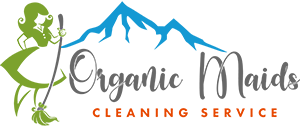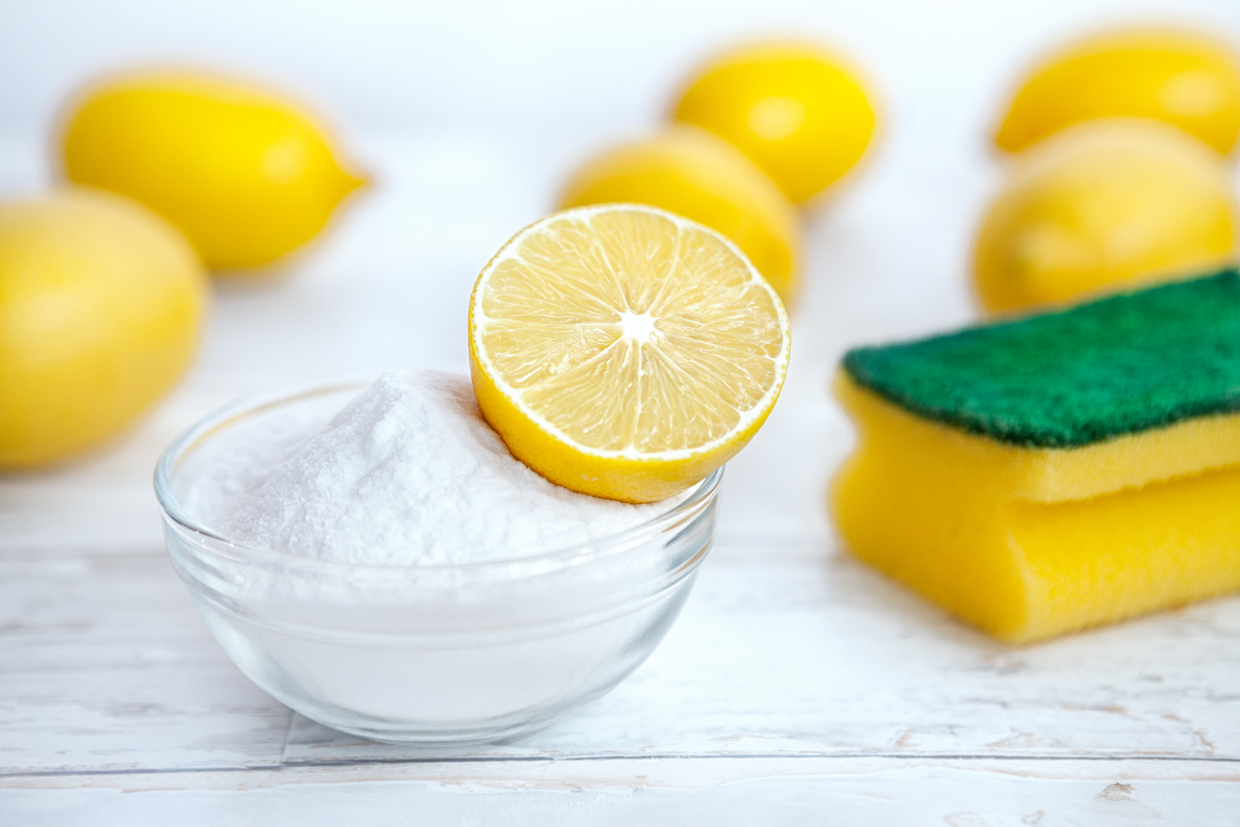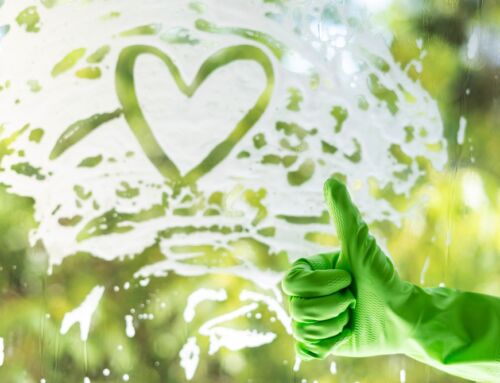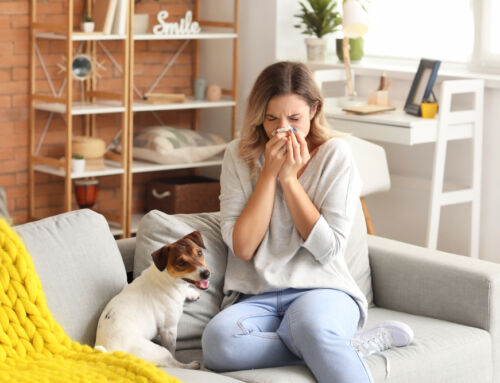Introduction
Have you ever thought about what happens to the cleaning products you use once they go down the drain? It’s easy to assume they’re out of sight, out of mind. However, the reality is far more complex and impactful than you might realize. Traditional cleaning products often contain harsh chemicals that can harm our environment, whereas eco-friendly alternatives offer a greener, healthier solution. Let’s delve into the environmental impact of traditional versus eco-friendly cleaning and see how our choices can make a significant difference.
Understanding Traditional Cleaning Products
Traditional cleaning products have been a staple in households for decades. They promise to remove dirt, kill germs, and leave our homes smelling fresh. However, these benefits come at a hidden cost to the environment.
The Environmental Impact of Traditional Cleaners
Water Pollution
When you rinse off a conventional cleaner, it doesn’t just disappear. These products often contain chemicals that can harm aquatic life once they enter our water systems. For instance, phosphates in detergents can lead to algal blooms, which deplete oxygen in water bodies, harming fish and other aquatic organisms.
Air Pollution
Many traditional cleaners release volatile organic compounds (VOCs) into the air. VOCs contribute to indoor air pollution and can have long-term health effects on humans, including respiratory issues and even cancer. Outdoors, they contribute to smog formation, which affects both the environment and human health.
Soil Degradation
The residues from cleaning agents can also end up in the soil, affecting its quality and the organisms that live there. These chemicals can disrupt the natural balance of soil ecosystems, making it difficult for plants to grow and for beneficial microorganisms to thrive.
Common Harmful Chemicals in Traditional Cleaners
Ammonia
Ammonia is a common ingredient in glass cleaners and other household products. While effective at cutting through grime, it can irritate the skin, eyes, and respiratory system. When released into the environment, ammonia can be toxic to aquatic life.
Chlorine
Found in bleach and disinfectants, chlorine is a powerful cleaning agent. However, it releases toxic fumes and can form harmful compounds like dioxins when it interacts with organic matter. These dioxins are persistent environmental pollutants.
Phthalates
Used to create fragrances, phthalates are found in many cleaning products. They are known endocrine disruptors, meaning they can interfere with hormone function in humans and animals.
The Rise of Eco-Friendly Cleaning
In response to the growing awareness of environmental issues, eco-friendly cleaning products have gained popularity. These products aim to reduce the harmful impacts associated with traditional cleaners, using safer ingredients and sustainable practices.
Green Cleaning Benefits
Reduced Environmental Impact
Eco-friendly cleaners are formulated to be biodegradable and non-toxic. They break down more easily in the environment, reducing pollution in water, air, and soil. This helps protect ecosystems and biodiversity.
Healthier Homes
Green cleaning products are free from harsh chemicals, making them safer for people, especially those with allergies, asthma, or other respiratory conditions. They also reduce the risk of skin irritation and chemical burns.
Sustainable Practices
Many green cleaning brands are committed to sustainability beyond their product formulations. This includes using recyclable packaging, reducing plastic waste, and supporting fair trade and cruelty-free practices.
Eco-Friendly Cleaning Products: What to Look For
When shopping for eco-friendly cleaning products, look for certifications like:
- EPA Safer Choice: Products with this label meet stringent health and environmental safety standards.
- Green Seal: Indicates that the product has been independently tested and proven to meet rigorous environmental criteria.
- Leaping Bunny: Ensures that no animal testing was involved in the development of the product.
Making the Switch: Tips for Transitioning to Green Cleaning
Start Small
You don’t have to replace all your cleaning products at once. Start by switching out one or two items, like your all-purpose cleaner or laundry detergent.
DIY Solutions
Consider making your own cleaning solutions using natural ingredients like vinegar, baking soda, and essential oils. These can be effective and cost-efficient alternatives.
Educate Yourself
Read labels carefully and do your research to ensure the products you choose are genuinely eco-friendly. Some products may market themselves as green but still contain harmful ingredients.
Comparing Costs: Traditional vs. Eco-Friendly Cleaners
One common misconception is that eco-friendly products are always more expensive. While some green cleaners may have a higher upfront cost, they can be more concentrated, requiring less product per use. Additionally, the long-term health and environmental benefits can outweigh the initial investment.
Consumer Behavior and Awareness
Growing Demand
As awareness of environmental issues grows, more consumers are seeking out eco-friendly products. This shift in demand has encouraged many companies to innovate and offer greener options.
The Role of Education
Educational campaigns and information dissemination play a crucial role in changing consumer behavior. By understanding the benefits of green cleaning, more people are likely to make the switch.
Case Studies: Success Stories of Green Cleaning
Schools and Workplaces
Many educational institutions and workplaces have adopted green cleaning programs. For example, the University of Georgia has implemented a comprehensive green cleaning initiative, resulting in improved indoor air quality and reduced environmental impact.
Hospitality Industry
Hotels and resorts are also embracing eco-friendly cleaning practices. The Marriott International chain, for example, has committed to reducing its environmental footprint through the use of green cleaning products and sustainable practices.
The Future of Cleaning: Innovations and Trends
Technological Advancements
New technologies, such as enzyme-based cleaners and ultraviolet (UV) light disinfection, offer innovative and eco-friendly solutions for cleaning.
Increased Regulation
As the environmental impact of traditional cleaners becomes more apparent, stricter regulations may be implemented to limit the use of harmful chemicals and promote green alternatives.
Consumer-Driven Change
The demand for sustainable products is driving companies to develop and market more eco-friendly options. This trend is likely to continue as consumers become more environmentally conscious.
Conclusion
Switching to eco-friendly cleaning products is more than just a trend—it’s a crucial step towards a healthier planet. By understanding the environmental impact of traditional cleaners and the benefits of green alternatives, we can make informed choices that protect both our health and the environment. Every small change contributes to a larger impact, and together, we can create a cleaner, greener world.
FAQs
1. What are the environmental impacts of traditional cleaning products?
Traditional cleaning products often contain chemicals that can pollute water, air, and soil, harming aquatic life, contributing to air pollution, and degrading soil quality.
2. How can eco-friendly cleaning products benefit my health?
Eco-friendly products are free from harsh chemicals, reducing the risk of skin irritation, respiratory issues, and other health problems associated with traditional cleaners.
3. Are eco-friendly cleaning products more expensive?
While some may have a higher upfront cost, they can be more concentrated and require less product per use. Additionally, the long-term health and environmental benefits can outweigh the initial investment.
4. What should I look for in eco-friendly cleaning products?
Look for certifications like EPA Safer Choice, Green Seal, and Leaping Bunny, which indicate that the products meet stringent health, environmental, and ethical standards.
5. How can I start transitioning to eco-friendly cleaning?
Start by replacing one or two products, consider DIY solutions using natural ingredients, and educate yourself about genuinely green products to make informed choices.





